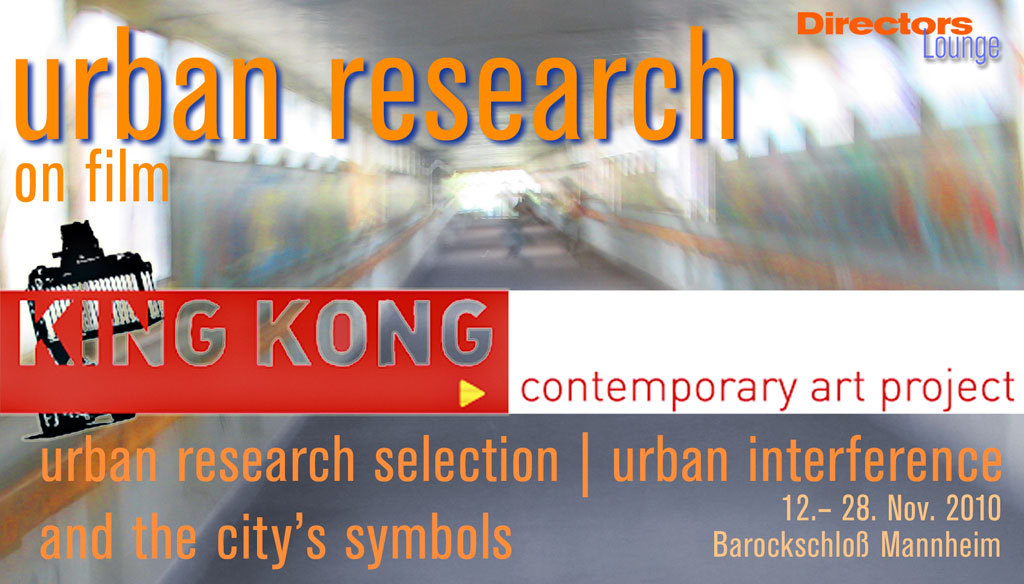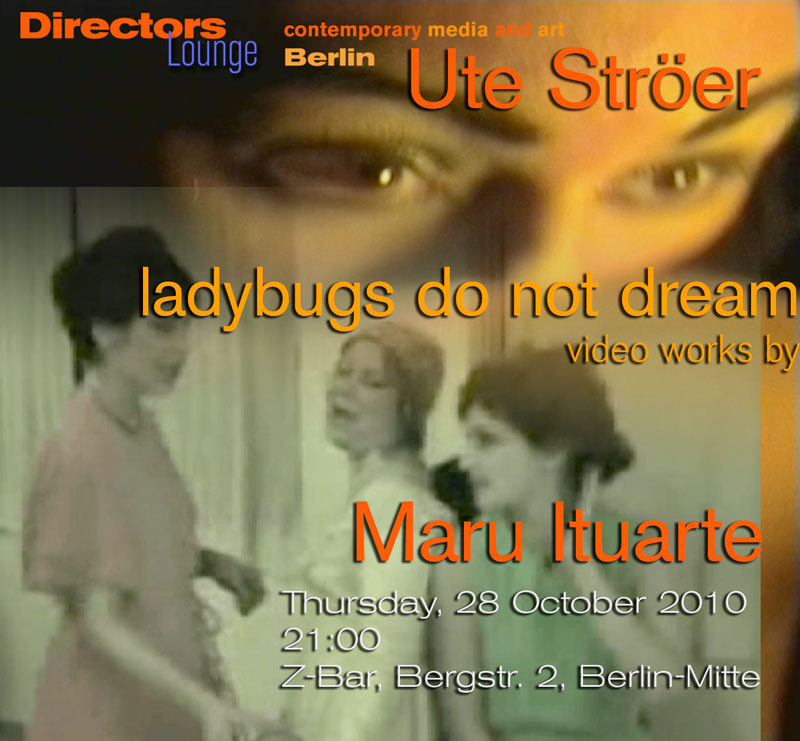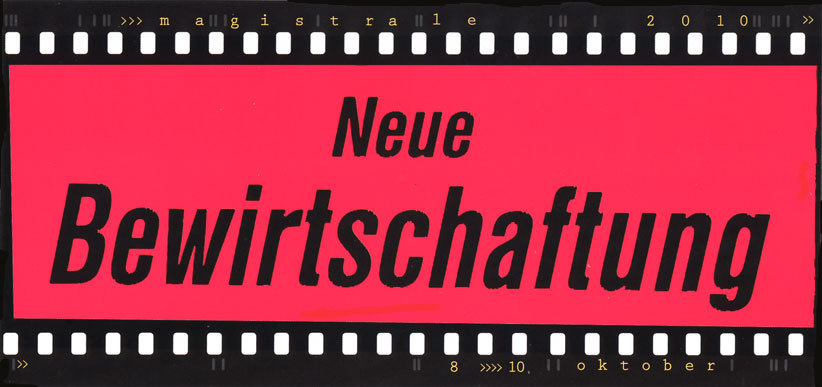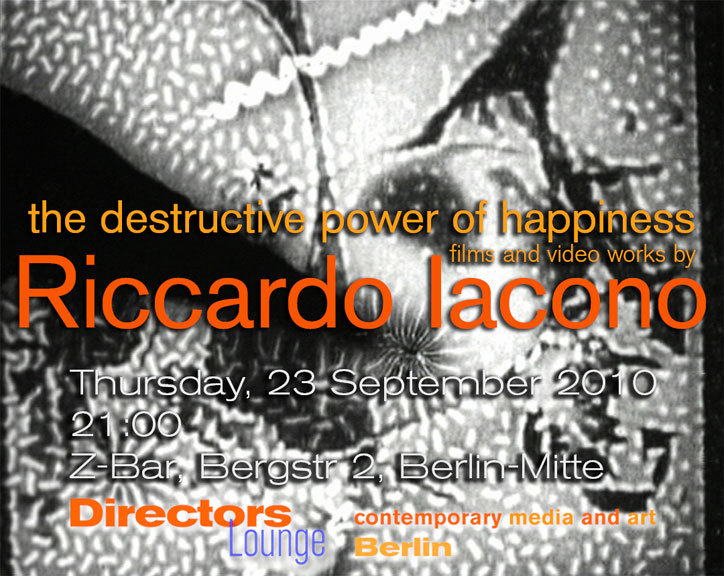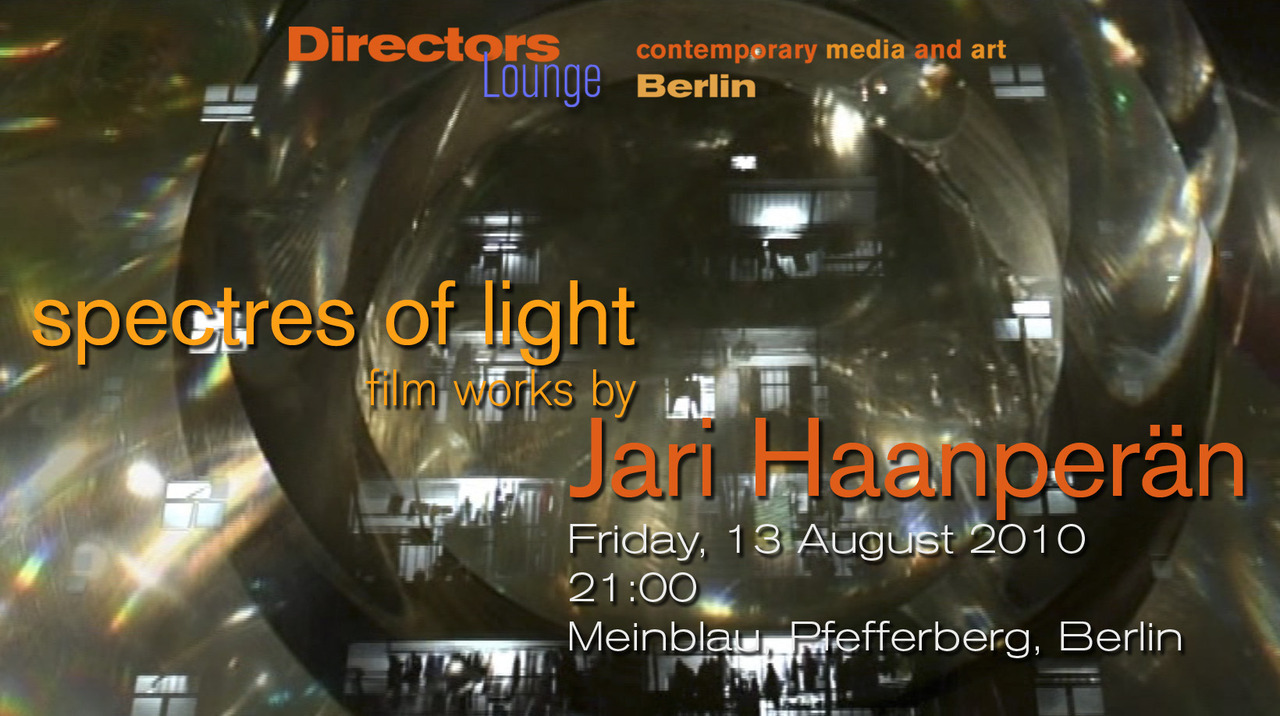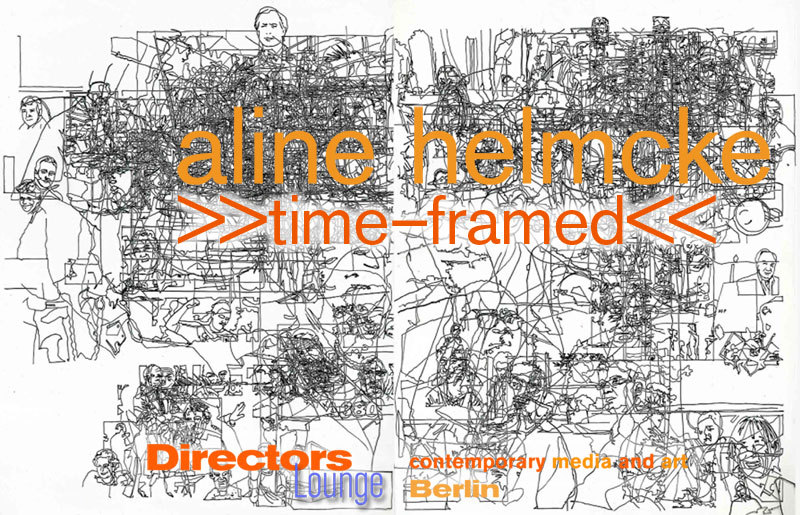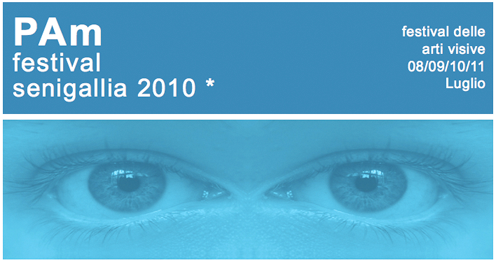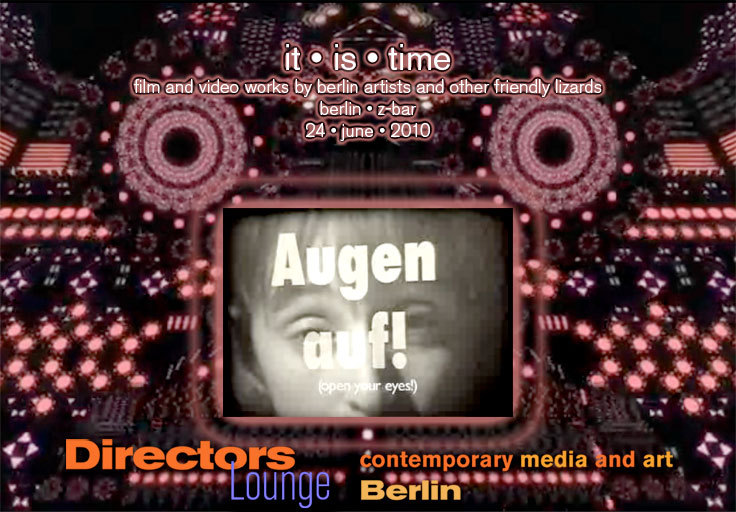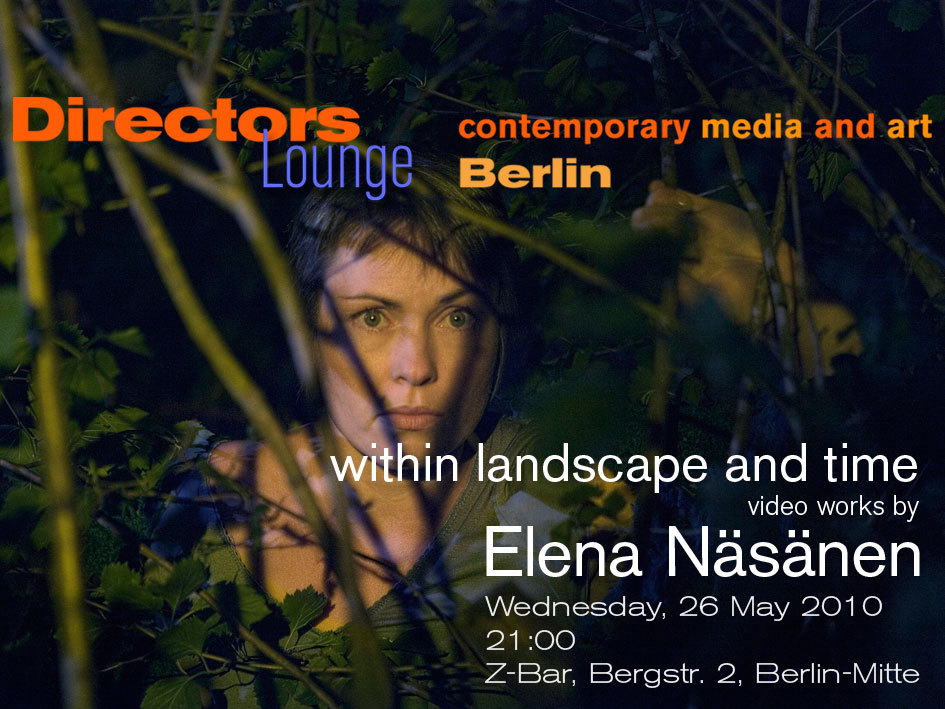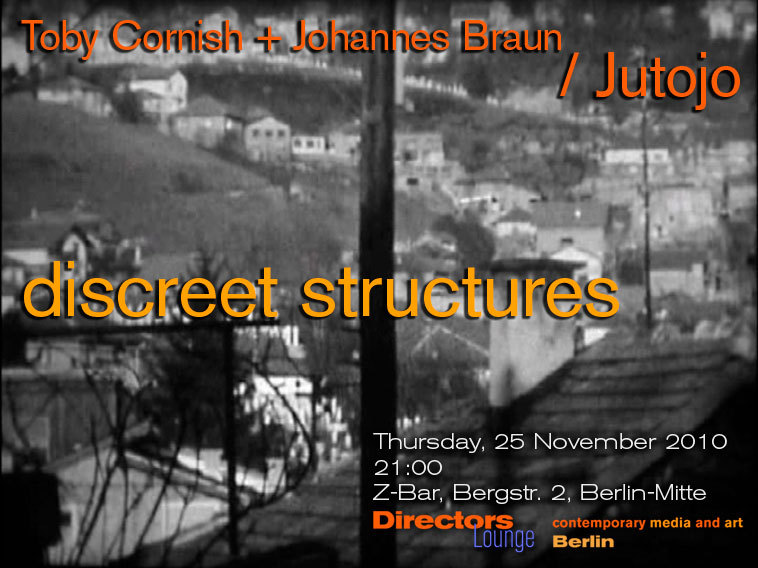
Directors Lounge Screening in der Z-Bar
Donnerstag, 25.11.2010
21:00
Discreet Structures
Films by
Toby Cornish und Johannes Braun/ jutojo Berlin
Z-Bar
Bergstraße 2
10115 Berlin-Mitte
Discreet Structures, the title of the program with Toby Cornish and Johannes Braun, refers to the compositional qualities of their films. It also applies to the linking to local architecture or urban places, and to the ways the artists work with musical scores. Both artists’ work mainly originates in Super-8 or 16mm footage, which they shoot and then process digitally. And most films are product of collaborations with musicians.
Two visits to Sarajevo in 2003 and 2004 gave Toby the opportunity to make a structural film in this historically and politically charged place: Sarajevo Vertical. The bridge, where arch-duke Franz Ferdinand was murdered, which gave way to the declaration of war in 1914, the name Tito on a bridge, and the white graves of killed Muslims from the most recent war, all appear in the film but only as a backdrop, or as the ground on which the visitor stands. If “Sarajevo Vertical” has or needs a symbolical/political reading is up to the viewer. First of all it is the rule of composition of filmmaker Cornish to align every image to a vertical line while shooting and then edit the film on principles of repetition, rhythm, acceleration and size of the vertical line.
Toby Cornish is interested in metric structures, in interferences of loops with different lengths, which due to their complexity might lead to a chance operation, similar to musical structures of John Cage or Steve Reich, and which in the end where the result may surprise the artist as much as the audience. With “Rückbau”, a film about the destruction of the East German parliament building, he takes this strategy further. With the help of digital programming, the film composes itself and anew on each presentation.
Johannes Braun, on the other hand is less interested in chance operations but in the totality of visual-acoustic composition. His film Teufelsberg also shows his background as trained architect. The images unfold his explorations of building structures while he tries to capture traces “of hope and disillusion, of making and destroying, still to be sensed” in the rubble and the left-over walls. They also comment on already past (and forgotten) plans for future developments, including architecture drawings and a former model apartment of the already scattered utopia for a commercial hot-spot on Teufelsberg. The visually dense composition thus not only shows the beauty of the bygone structures but also contains an edge of irony.
With “Gaz”, a collective product, the filmmakers again show their strength of working with compositional structures. Gaz was composed to a graphical score, which the filmmakers and the 2 musicians worked on independently of one another. The film celebrates the early industrial designs around gasometers and gas-lights, still to be found in Berlin’s city center.
http://www.directorslounge.net
http://richfilm.de
More infos and film stills:
http://richfilm.de/filmUpload/1-framesJutojo.html

